Best Digital Backgrounds for Professional Headshots (And How to Choose the Right One)
Learn how to choose the best digital backgrounds for professional headshots. A practical guide for photographers covering style, color, industry fit, and workflow.

Learn how to choose the best digital backgrounds for professional headshots. A practical guide for photographers covering style, color, industry fit, and workflow.
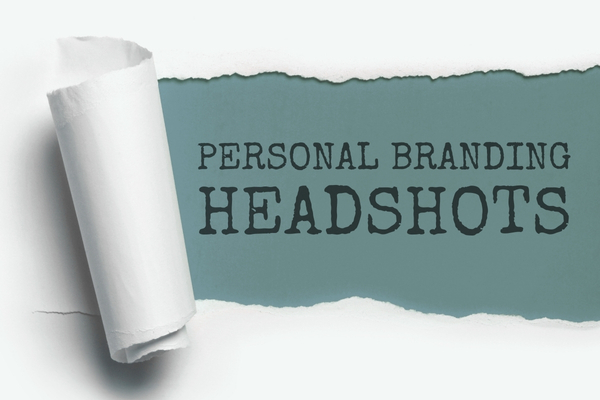
Discover why professional headshots are essential for personal branding. Learn how the right headshot builds trust, consistency, and credibility across your online presence.
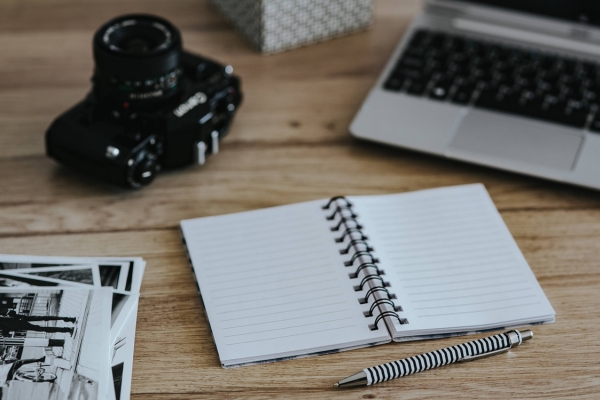
Learn how to review and refresh your photography brand with a simple brand check in. A practical, evergreen guide for photographers focused on clarity, alignment, and simplification.
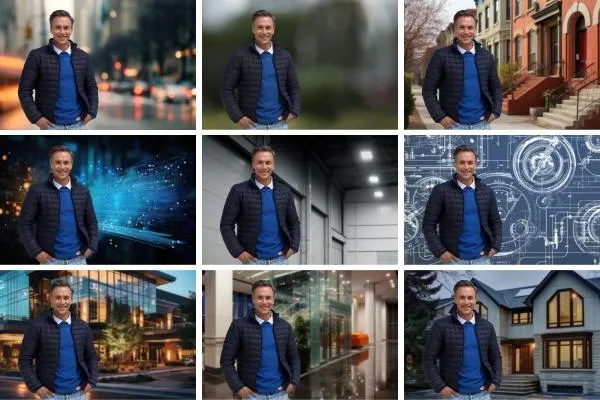
Learn how to use digital backgrounds for headshots in Photoshop and Evoto, including lighting tips, workflow steps, and common mistakes to avoid.

Learn how to use SEO to attract more clients and grow your photography business. This comprehensive guide covers keyword research, content creation, local SEO, and optimizing your website for higher rankings in search results.

Discover how to use feathered wings and digital wing overlays in portrait photography. Learn styling tips, symbolism, and Photoshop techniques to create ethereal, fantasy-inspired images. Explore creative wing overlays for Photoshop.
Be the first to know about new arrivals, sales, exclusive offers, and special events.
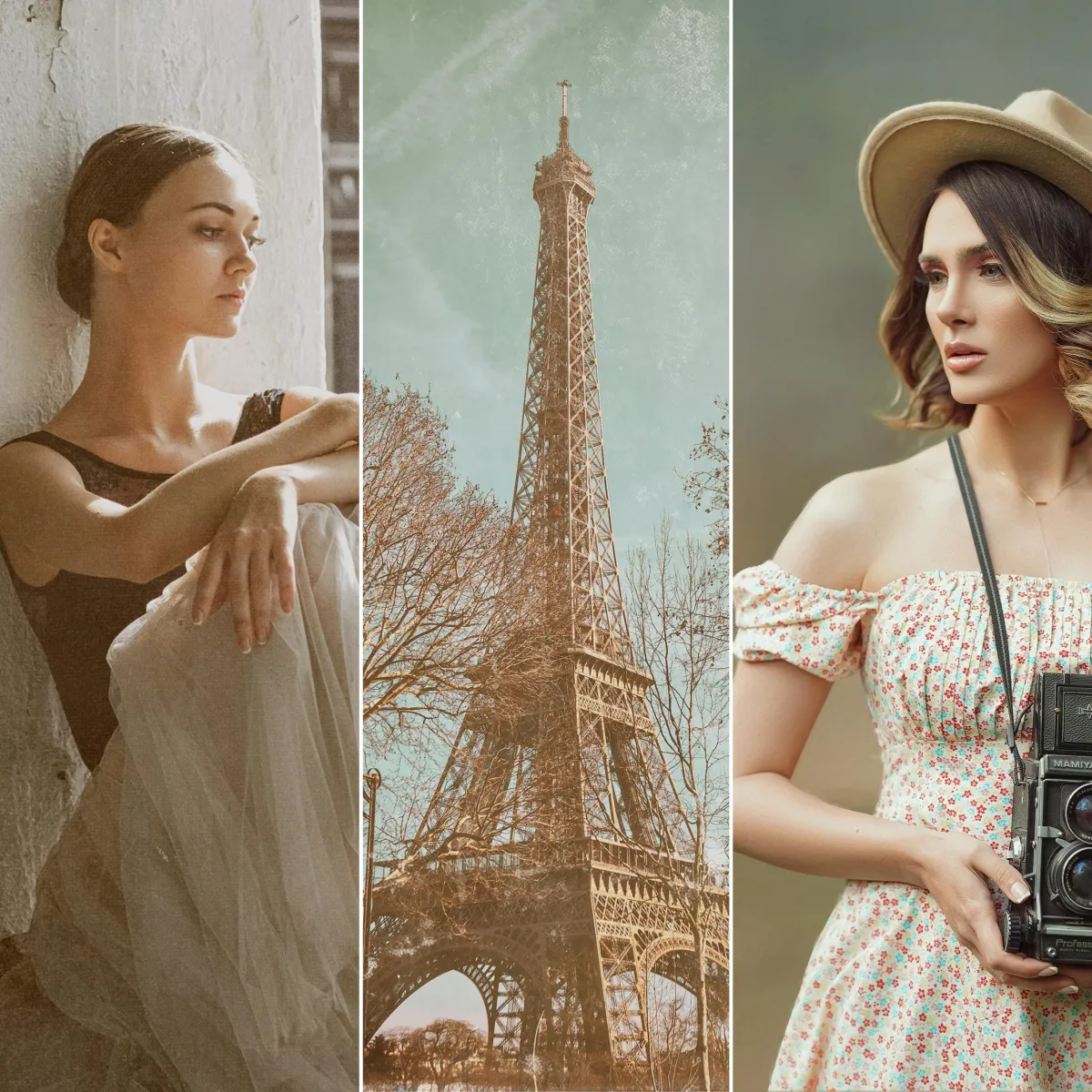
Take your images from ordinary to extraordinary by using textures in photoshop
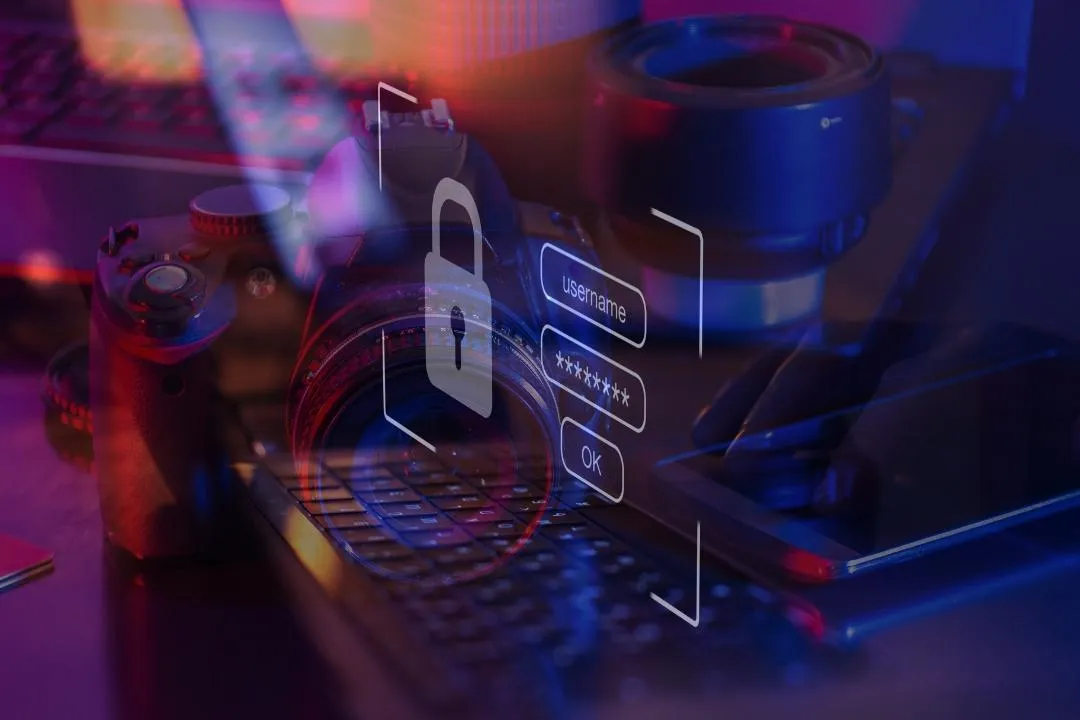
Unlock the power of ChatGPT to save time, book clients and simplify your photo studio tasks so you have more time to focus on doing what you love...capturing photos!

Follow Us
We are proud to help inspire creativity and imagination all around the world!
More
Contact Us
© Copyright 2026. The Imaginator Studio. All rights reserved.